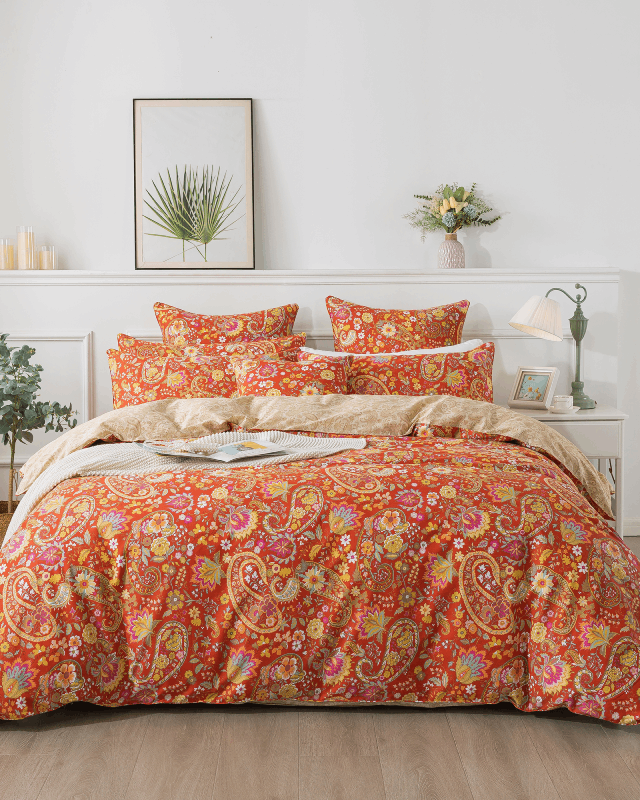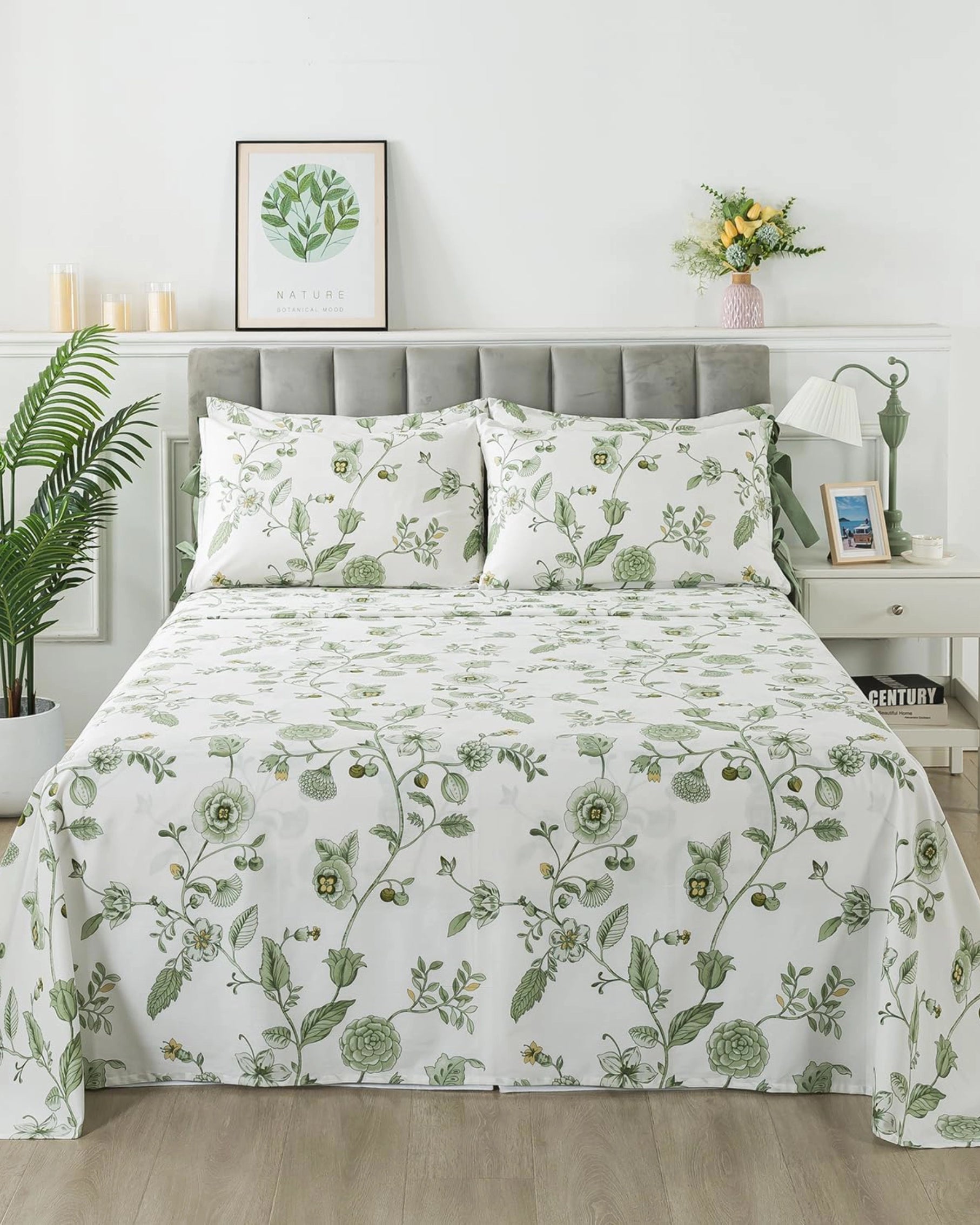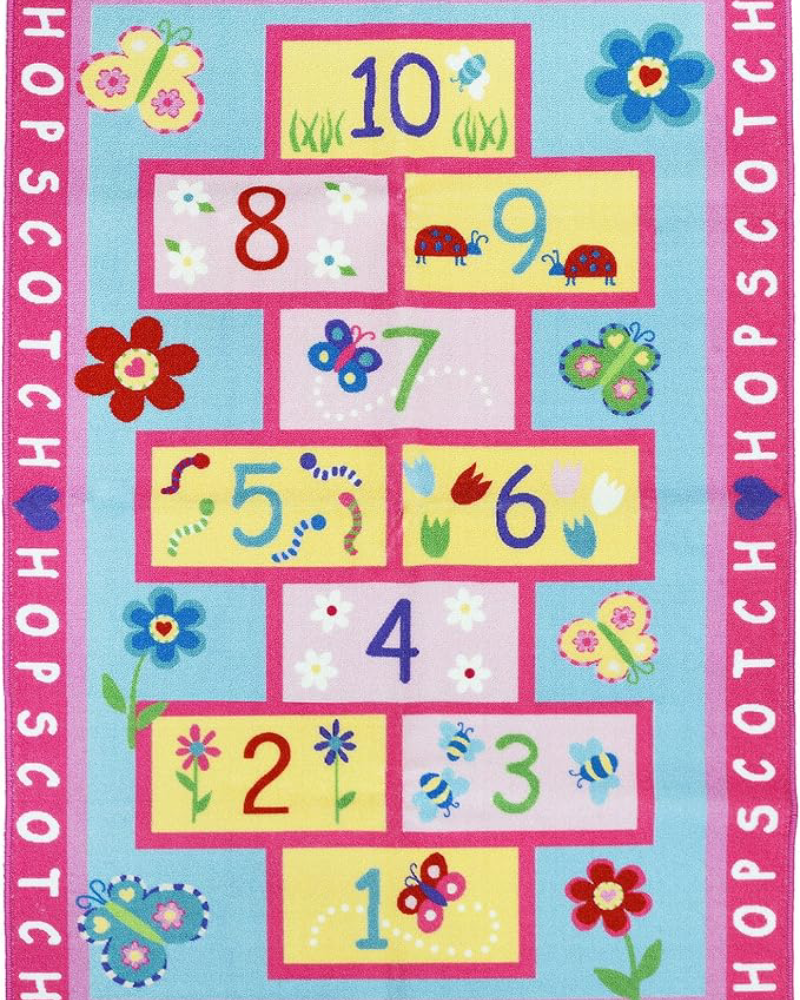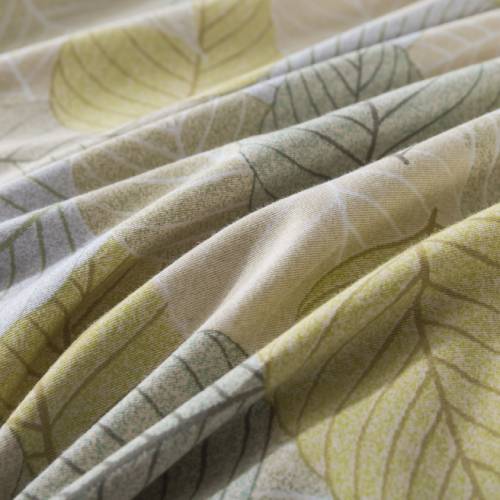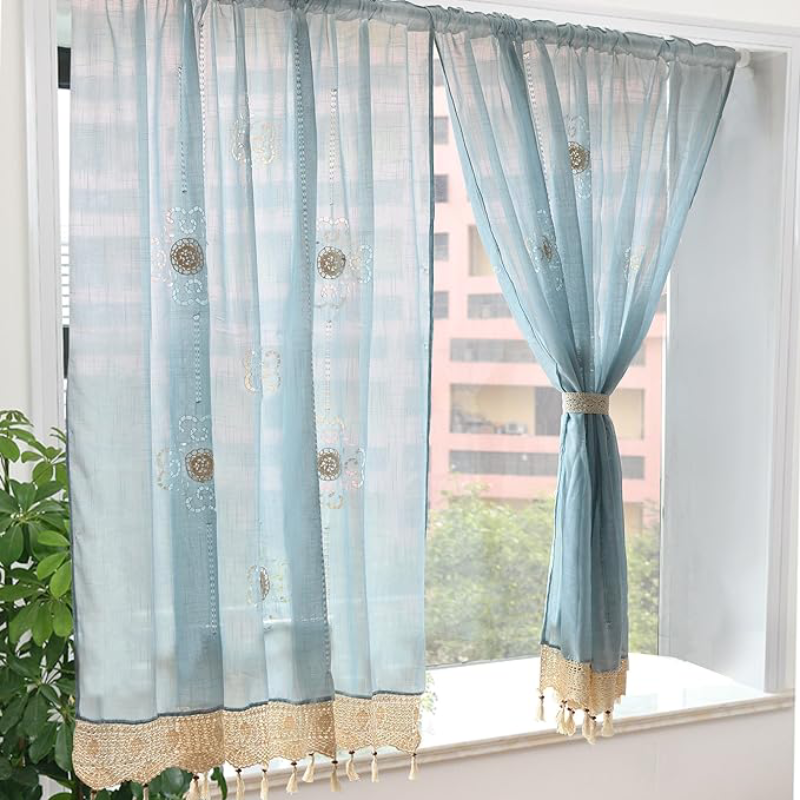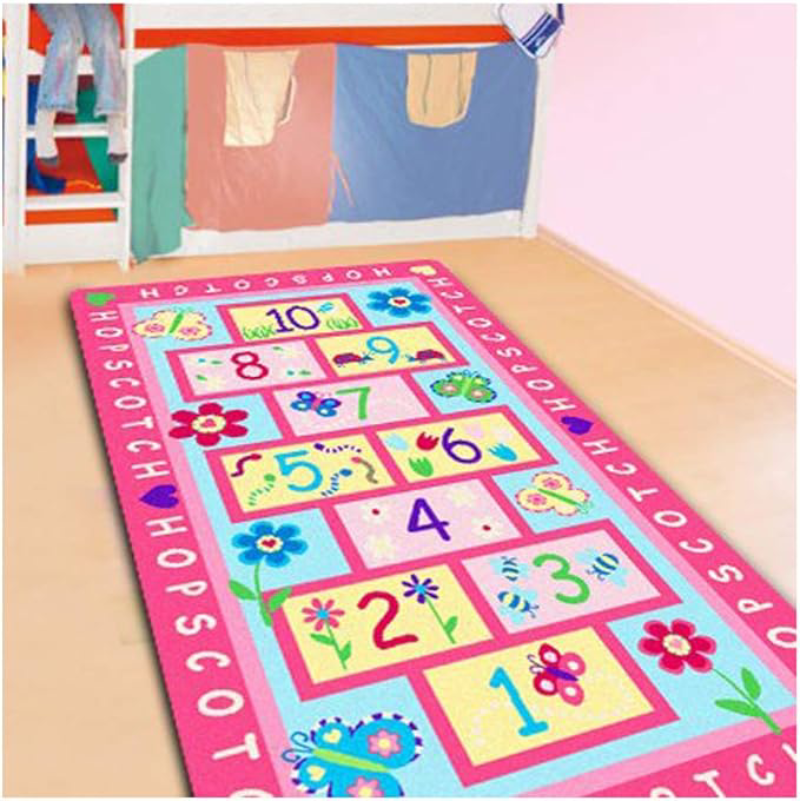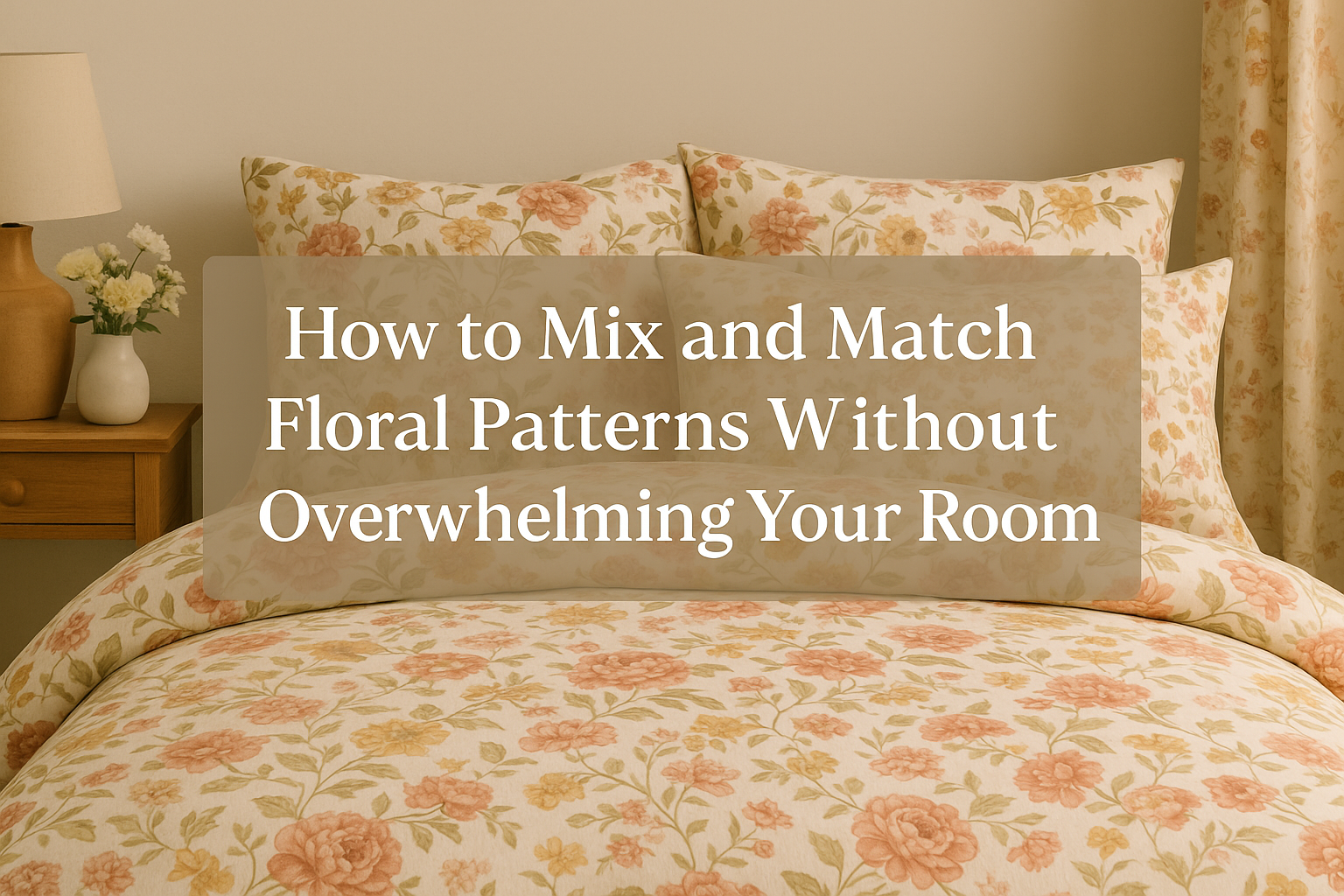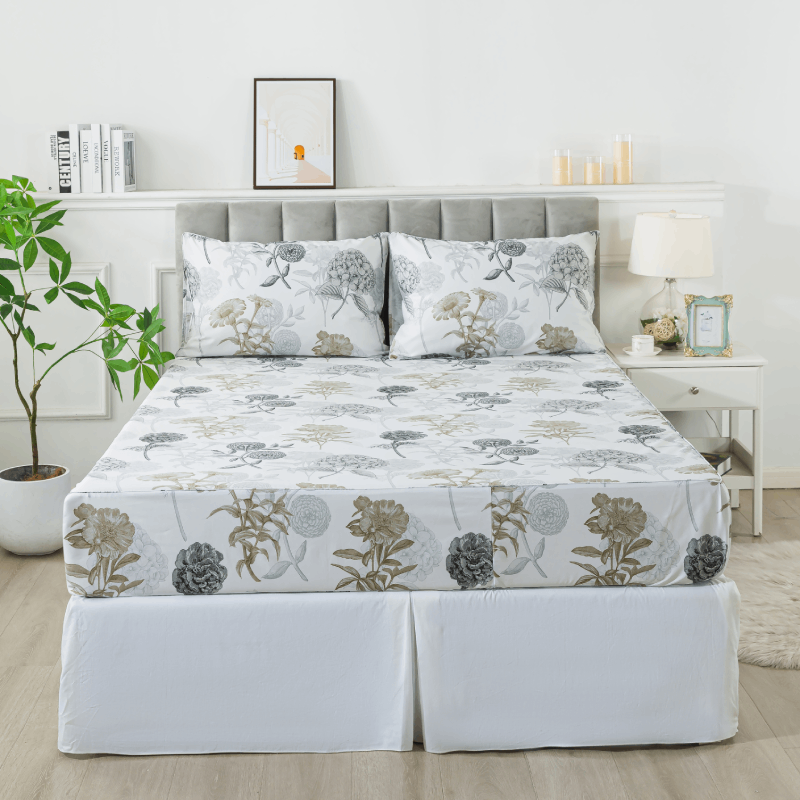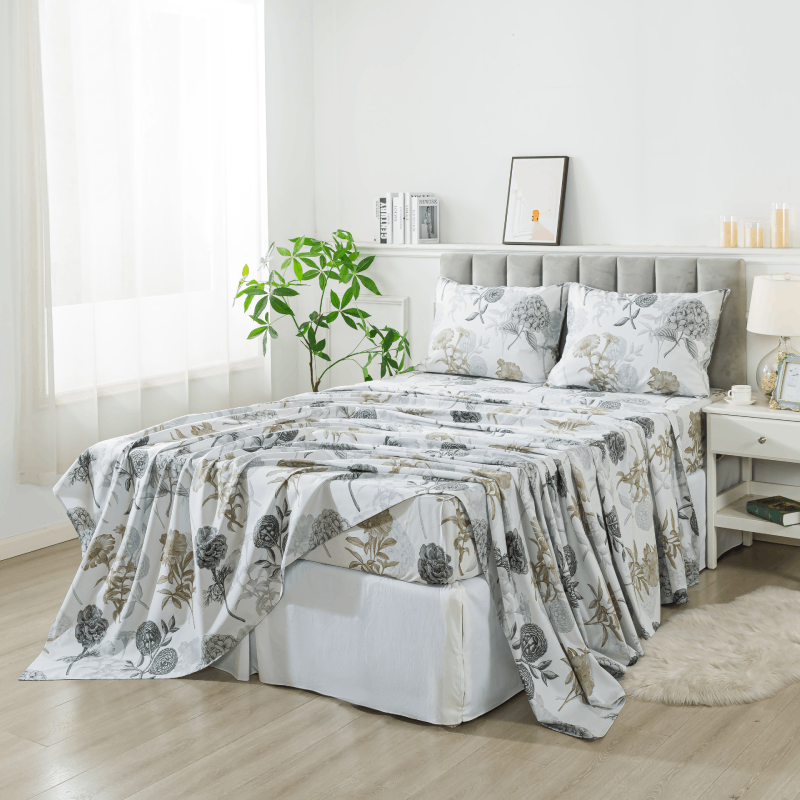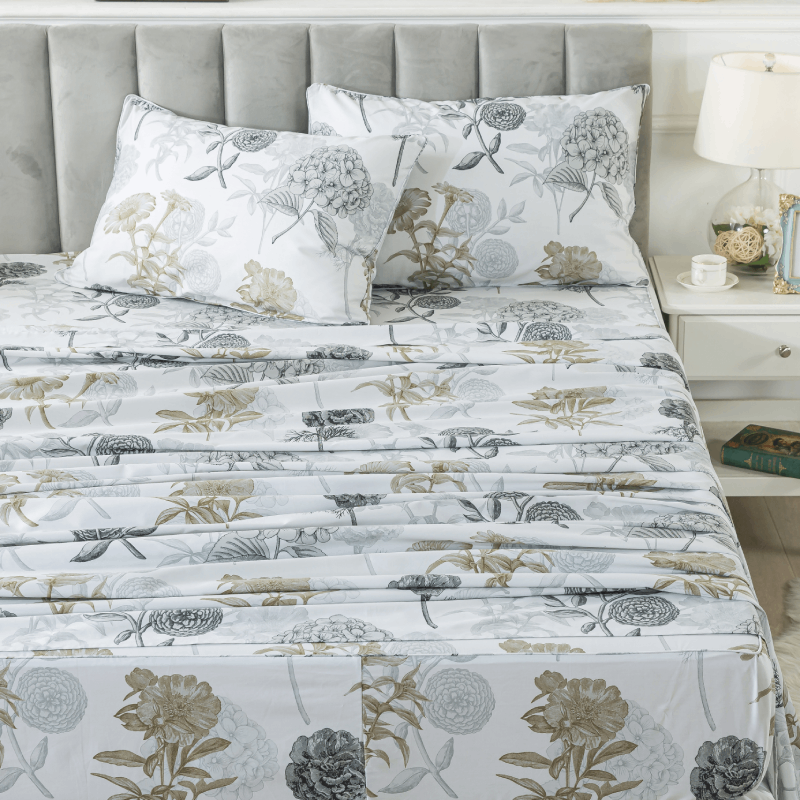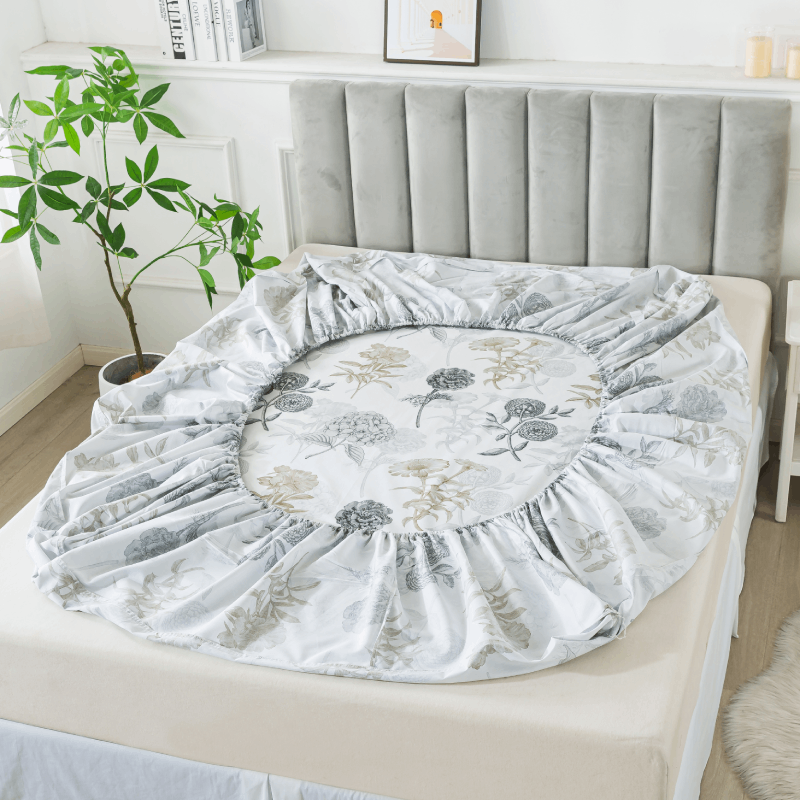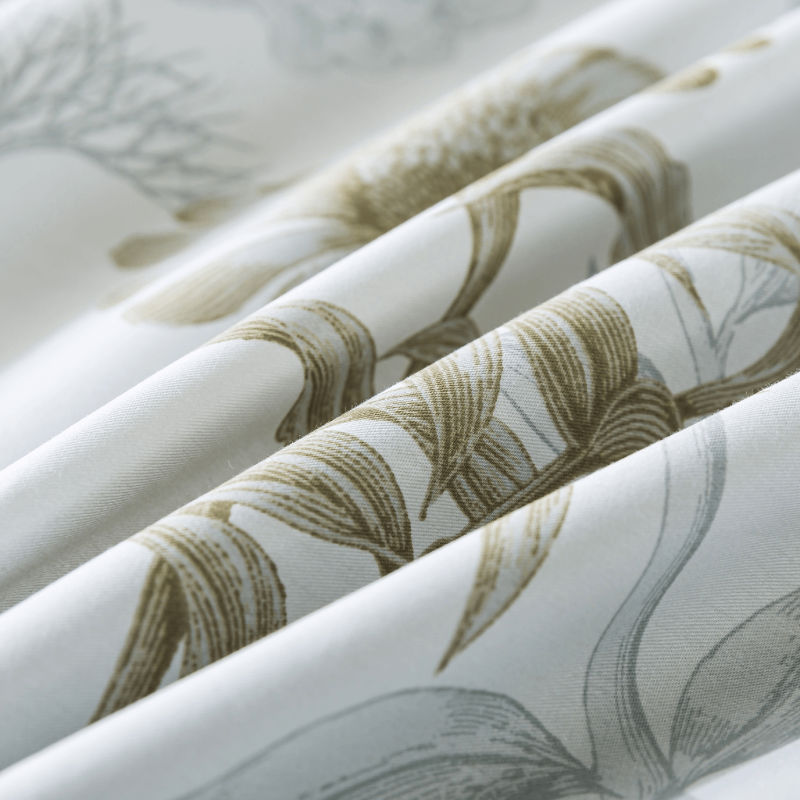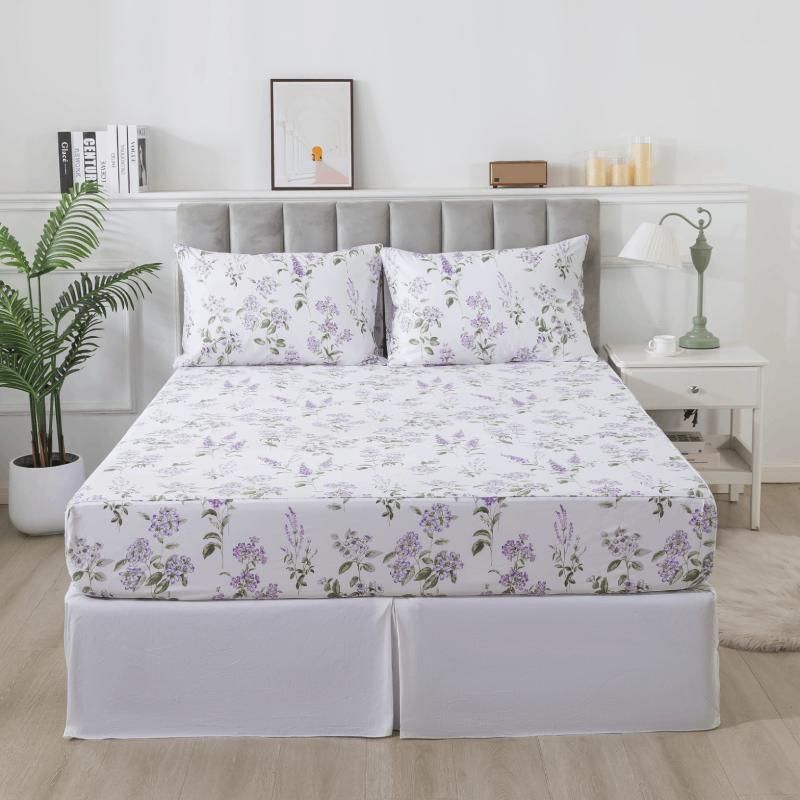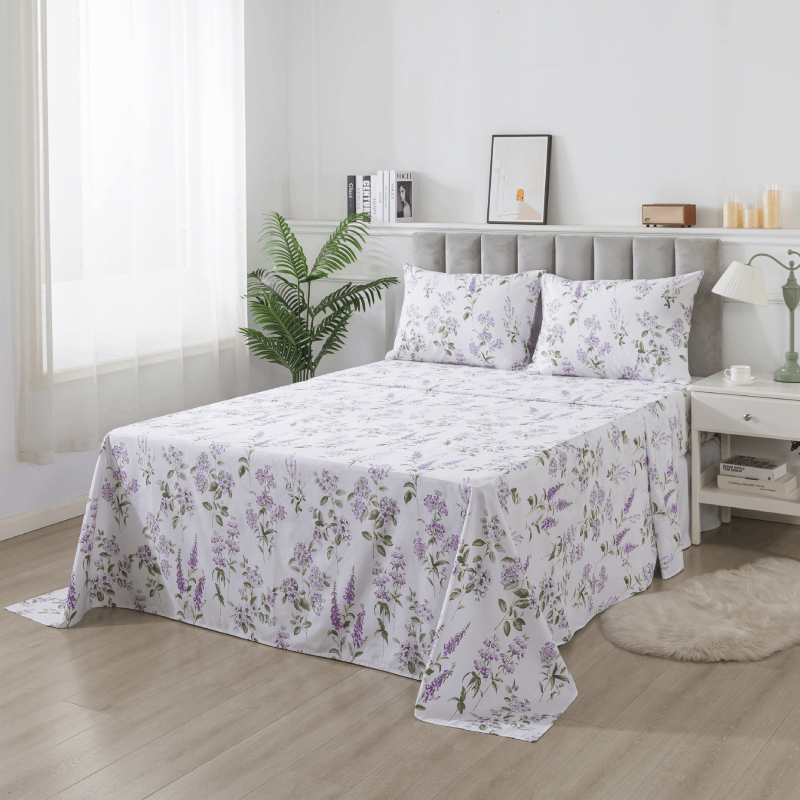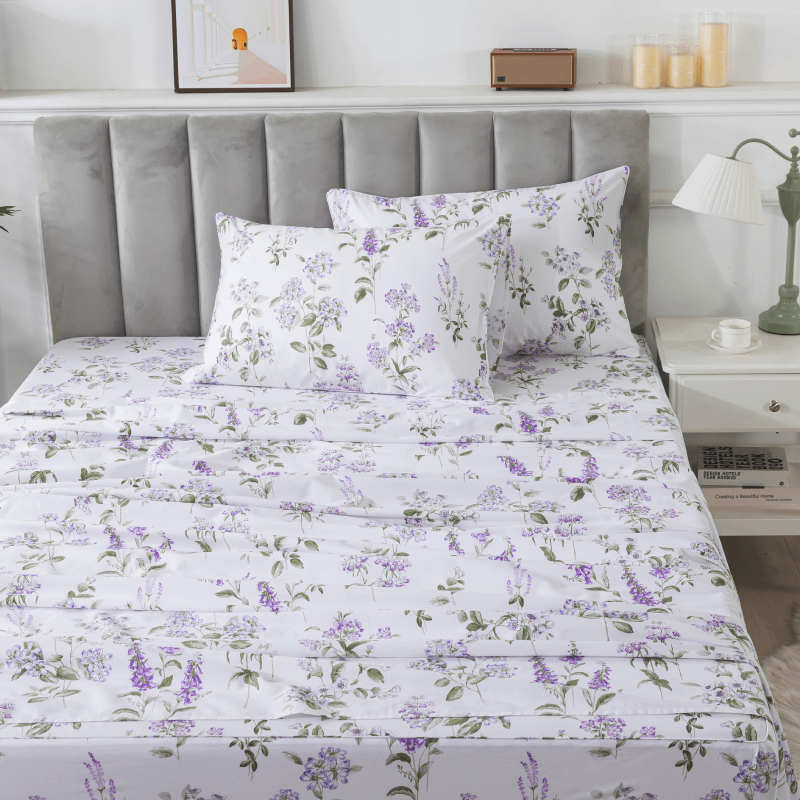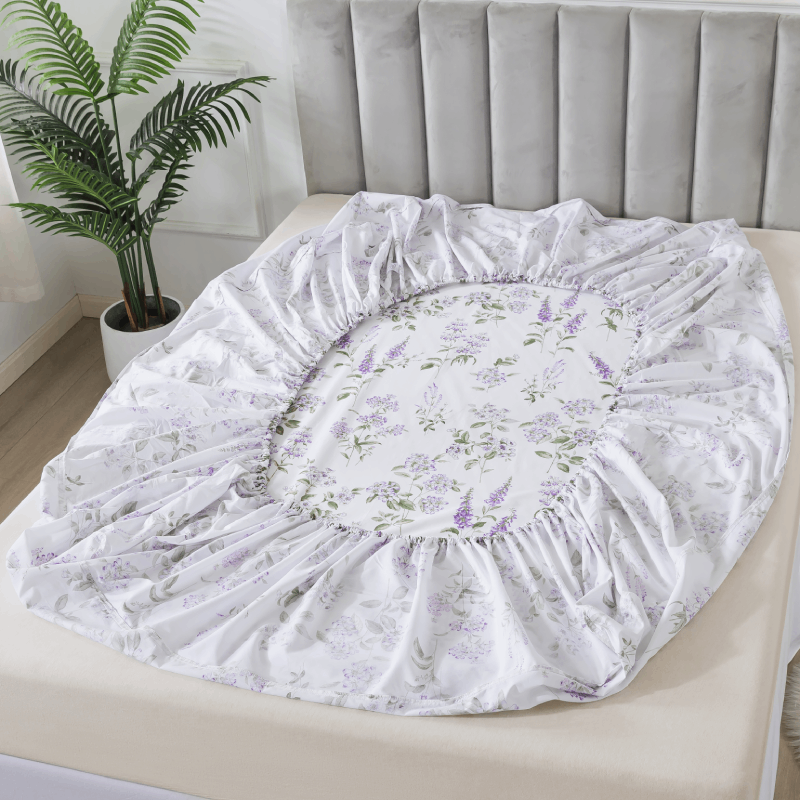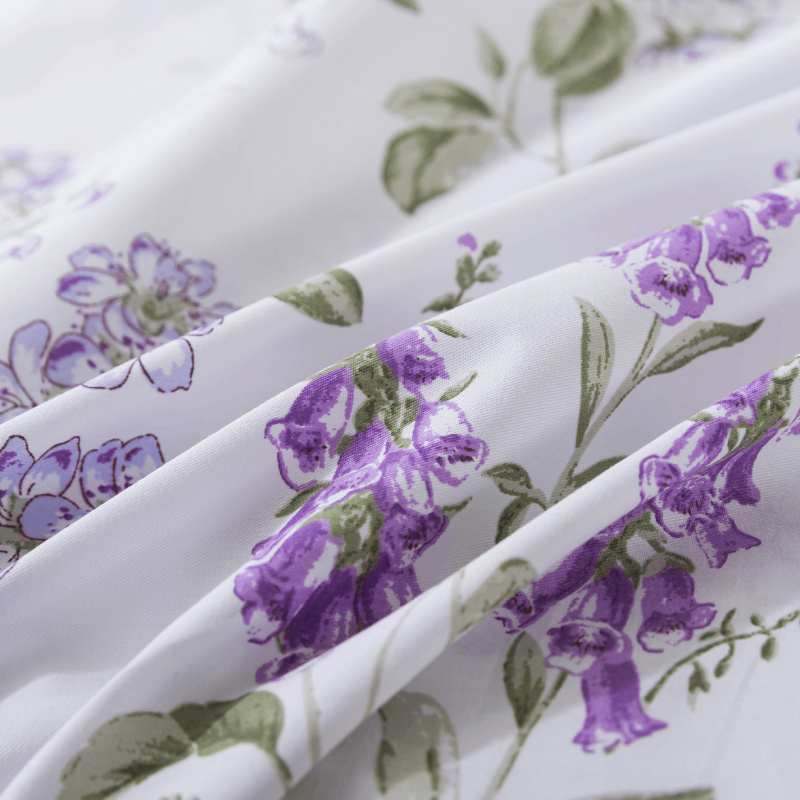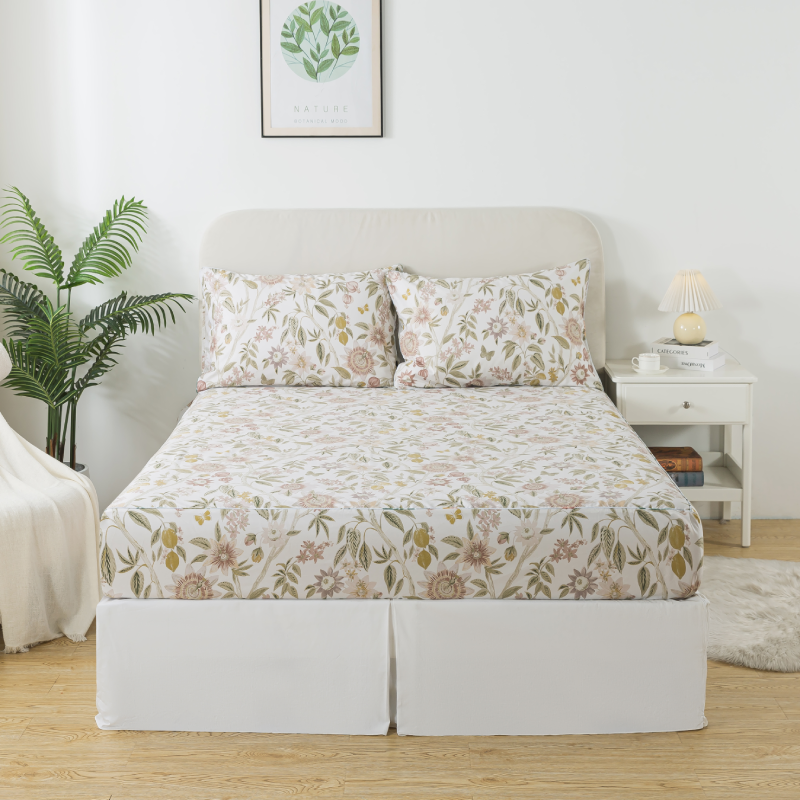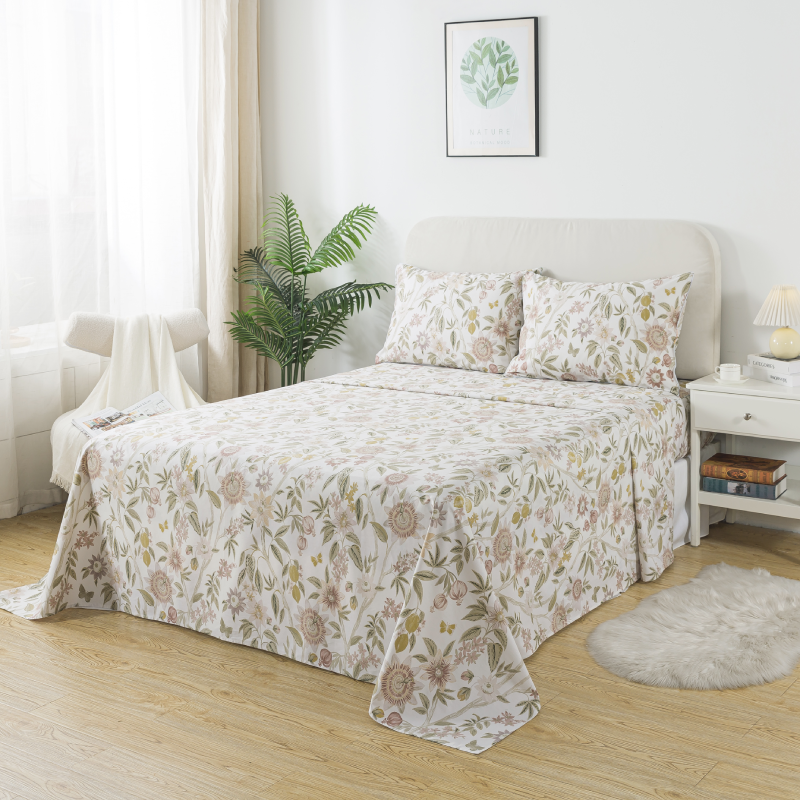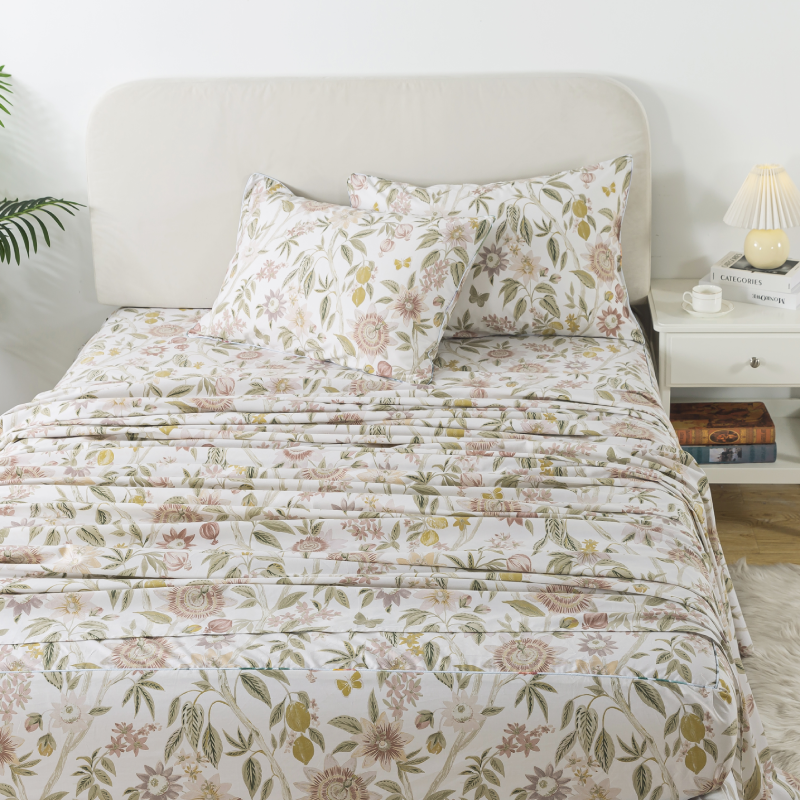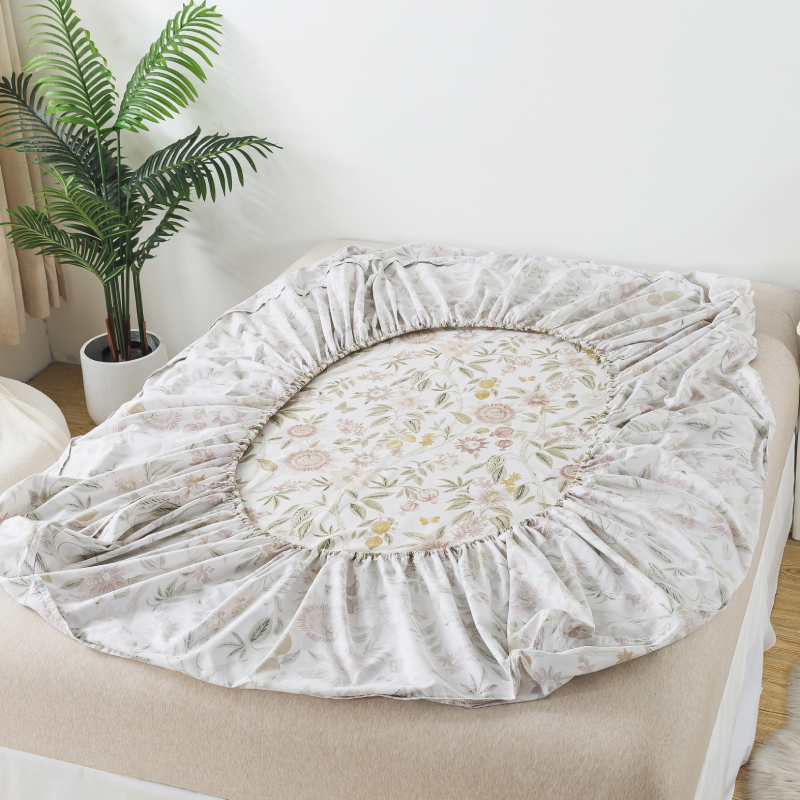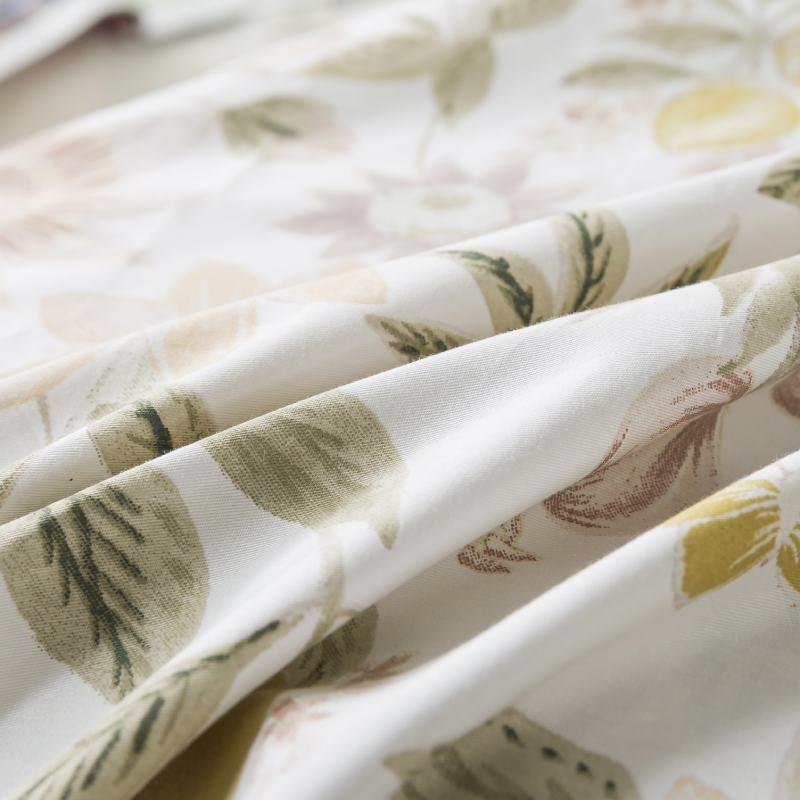Floral patterns are timeless, charming, and full of life. They bring nature indoors, infuse energy into your space, and add personality to any room. But when it comes to mixing and matching floral designs, many people hesitate—worried their bedroom or living space will feel cluttered or chaotic. The truth is, with the right approach, you can layer different floral patterns to create a stylish, cozy, and balanced look. Here’s how.
1. Start with a Base Pattern
Every room needs an anchor. Begin with one floral pattern that will serve as the “base” of your design. This might be a bold quilt cover, a duvet with large blooms, or a floral rug. Once you establish this as the focal point, you can layer smaller, more subtle florals around it.
Tip: Larger floral prints work best as the foundation because they provide a clear design direction without getting lost in the mix.
2. Play with Scale
The secret to mixing floral patterns successfully lies in varying the scale. If your bedding features oversized roses or peonies, pair it with accent pillows or curtains that have smaller, daintier flowers. This contrast prevents your room from looking too “busy” and creates harmony in design.
Think of it this way: big, bold florals = statement; small, delicate florals = supporting details.
3. Stick to a Cohesive Color Palette
Color unifies your space. Even if your patterns are different, a consistent color palette ties everything together. For example, if your quilt has blush pink and sage green flowers, look for complementary patterns in those same shades. You can also introduce a few neutral tones—like beige, ivory, or gray—to soften the overall look.
Pro tip: Limit your palette to 2–3 main colors for balance and consistency.

4. Introduce Neutrals for Breathing Space
Floral patterns can be vibrant and detailed, so it’s important to give your eyes some rest. Use solid-colored sheets, throws, or furniture pieces between floral layers to create breathing space. Neutrals like white, cream, and soft pastels keep the room calm while allowing the patterns to shine.
5. Mix Different Floral Styles Thoughtfully
Not all florals are the same—some are bold and modern, while others are vintage and romantic. Mixing styles adds depth, but it’s best to choose patterns that complement each other. For instance:
-
Pair classic rose motifs with delicate lace-inspired florals for a romantic vibe.
-
Combine tropical leaf-and-bloom prints with simple daisy patterns for a fresh, lively look.
-
Mix abstract florals with traditional blossoms for a modern twist.
6. Balance Patterns Across the Room
When layering florals, think beyond the bed. Distribute the patterns evenly across the space to achieve balance. If your bedding is bold, keep curtains softer and introduce smaller floral prints on cushions, rugs, or wall art. This prevents one corner from feeling too heavy while the rest of the room looks plain.
7. Add Texture for Extra Warmth
Patterns alone don’t make a space cozy—texture does. Layering knitted throws, velvet pillows, or a woven rug with floral bedding can elevate the look and keep it from feeling flat. Texture balances the energy of multiple patterns, making your space both stylish and inviting.
8. Use Accessories to Tie It All Together
Accessories are your finishing touches. Lampshades with subtle floral prints, a vase of fresh flowers, or even botanical wall décor can reinforce the floral theme without overwhelming. These little details add cohesion and charm.
Conclusion
Mixing and matching floral patterns doesn’t have to feel intimidating. By choosing a base design, varying scale, sticking to a cohesive palette, and balancing florals with neutrals and textures, you can design a space that feels vibrant yet harmonious. Florals bring life, softness, and timeless style to your home—and with these tips, you can layer them confidently without fear of overdoing it.
So go ahead—embrace the beauty of blooms and let your room flourish with floral charm.

